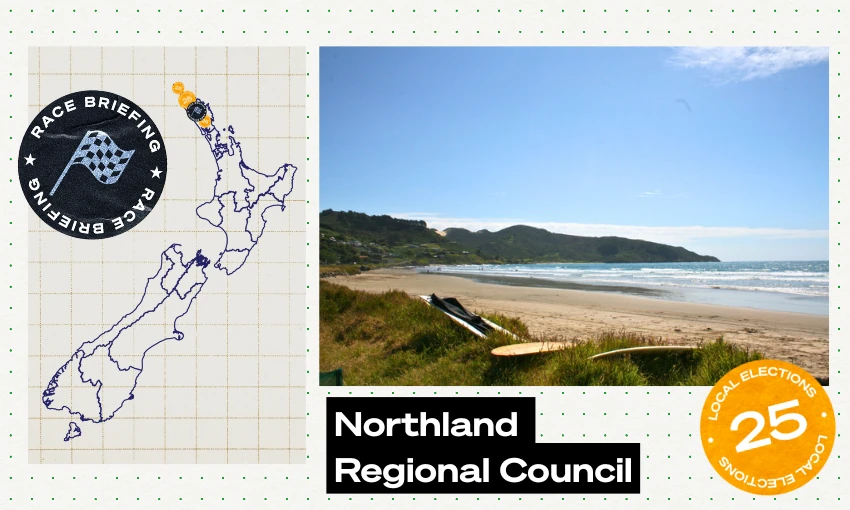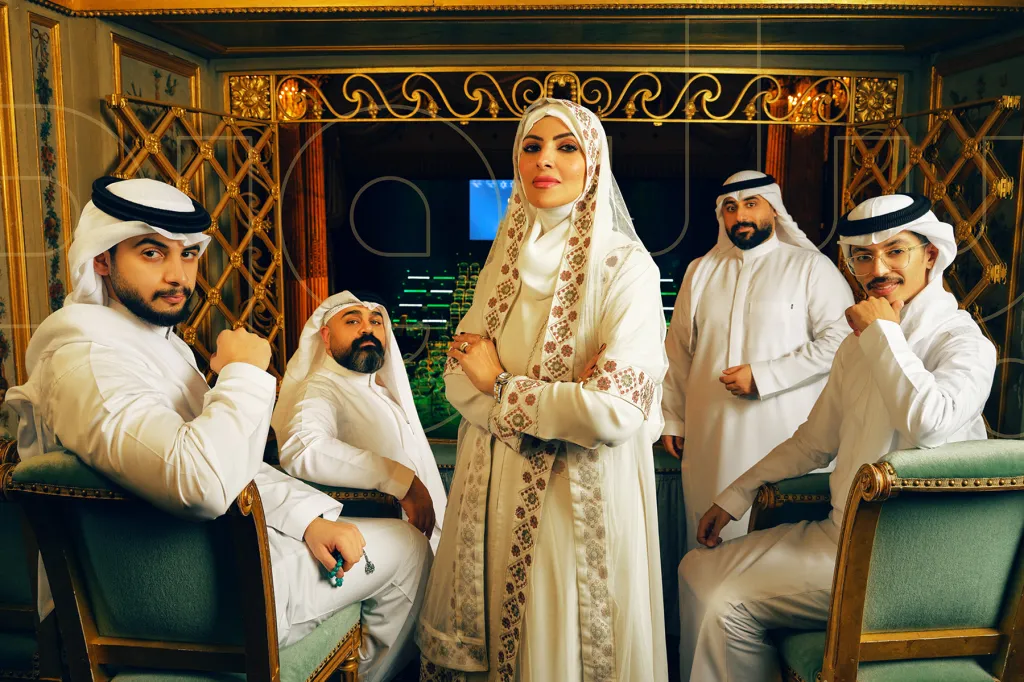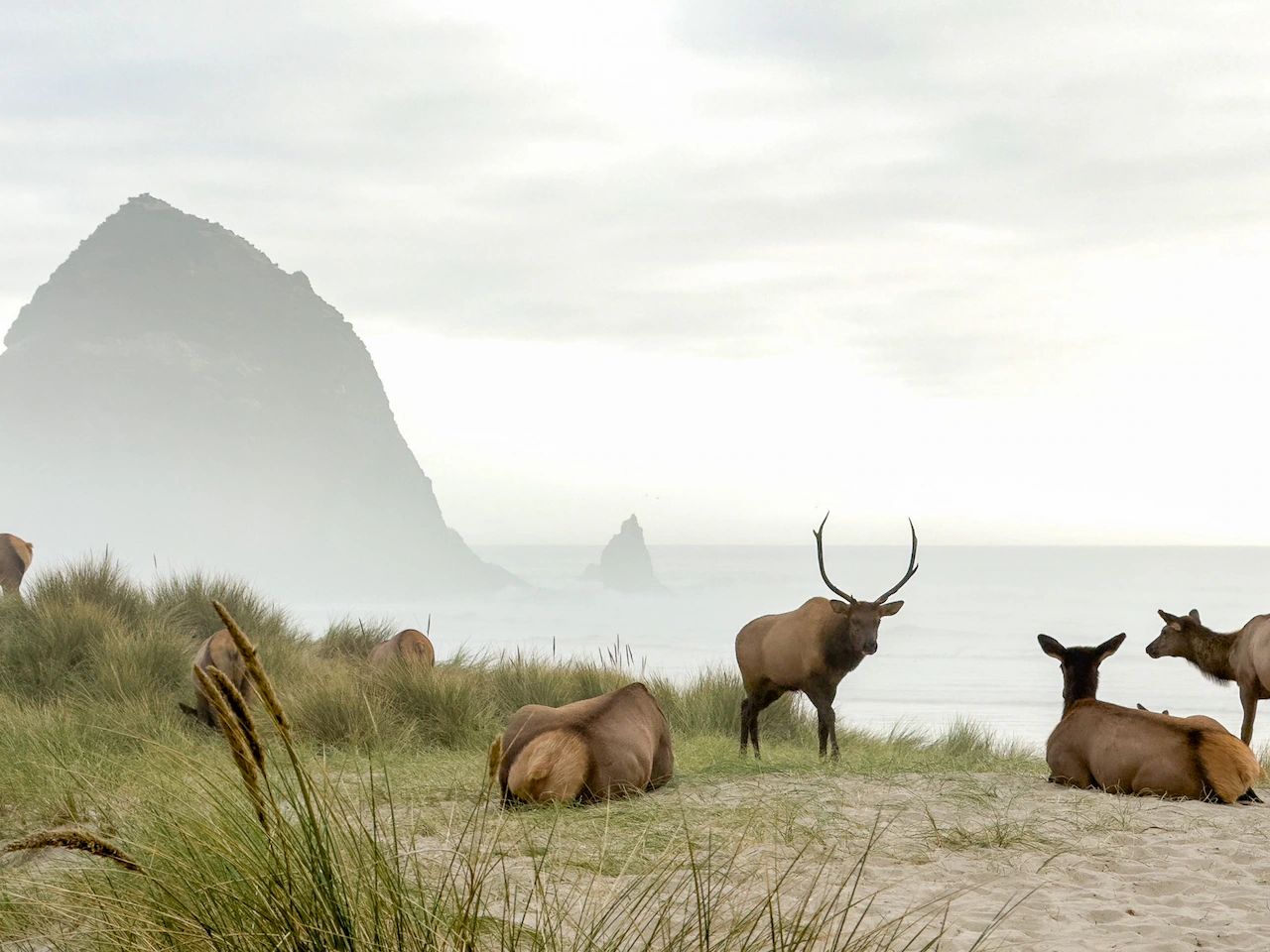By Liam Rātana
Copyright thespinoff

With all but one current councillor seeking re-election, the country’s second largest region could be in for another tumultuous term.
Unlikely alliances, double-crossings, accusations of stalking, racism and privacy breaches plagued Northland Regional Council (NRC) this term. After choosing newcomer Tui Shortland as its first-ever wahine Māori chair, the council went on a tumultuous three-year journey that saw Shortland replaced as chair, five new councillors butt heads with four incumbents, and key members of staff abandoning their posts. With several of the current councillors now seeking re-election, Northlanders will be weighing up whether continuity could spell disaster for the region.
Why is Northland the best place in the world?
On the east coast: idyllic white sand beaches and vast stretches of picturesque coastline boasts some of the country’s rarest wildlife, and wealthiest individuals. On the rugged west coast: the two longest beaches in Aotearoa and the largest harbour in the southern hemisphere. Throughout the region, there is a mix of more than 3000km of coastline, 10 vast harbours, islands, rare dune lakes, ancient kauri forests, and many historically important sites, including Waitangi – the birthplace of the nation. National Geographic named Northland one of the 25 best places in the world to travel to in 2025 and Forbes labelled the Bay of Islands one of the “most beautiful villages in the world”. The seafood is bountiful, the beaches are empty, and it’s always warm in the “winterless north”.
What is the contest?
With a land area of approximately 12,504km² – stretching from Cape Reinga in the north to Kaiwaka in the South – Northland has the second-largest geographic area of all regional councils in New Zealand behind Waikato. It encompasses a growing population of just over 200,000 people across three district councils: Far North District Council, Whangārei District Council and Kaipara District Council. Approximately 73% of the region identify as Pākehā, 37% as Māori, 5% Pasifika and 5% Asian. Around 10% of the population speak te reo Māori, second only to the Bay of Plenty region.
There are nine seats on the council spread across eight constituencies: Far North, Bay of Islands-Whangaroa, Mid North, Coastal Central, Whangārei Central, Kaipara and Coastal South all get one representative, while Te Raki Māori – which spans across the entire region – gets two.
This election, incumbent councillor and current chair Geoff Crawford has been elected unopposed in the Mid North seat because no one else ran. Earlier this year, two external investigations into code of conduct complaints against Crawford dismissed accusations of stalking, racial discrimination and privacy breaches made against him by former council chair Tui Shortland.
Shortland suddenly resigned from the role of chair in 2023 and was subsequently voted in as deputy chair, replacing long-serving councillor Jack Craw. However, the drama didn’t end there, with a quintet of councillors seeking to overthrow Crawford in May last year. Shortland, Craw, Amy Macdonald, Marty Robinson and Rick Stolwerk all lodged formal documentation to remove Crawford and appoint a new chair – bringing the possibility of NRC becoming the first regional council in the nation’s history to have three new chairs within a single three-year governance term.
An unlikely figure then entered the fray, with Northland-native MP Shane Jones – brother of Te Raki councillor Peter-Lucas Jones – intervening in the turmoil. Shane Jones “made some calls” around the council and Crawford subsequently survived the attempted coup.
Northland Regional Council voted to establish Māori constituencies for the 2022 regional council elections and voted to retain them in August last year. The decision – in line with a staff recommendation – means the council must now, along with 41 other councils, hold a binding poll on whether to keep or ditch them at this year’s election..
Who is in the race?
As mentioned, incumbent Geoff Crawford has been elected unopposed to the council in the Mid North constituency.
Fellow incumbents Tui Shortland and Peter-Lucas Jones will have a fight on their hands to retain their Te Raki Māori seats, with Pita Tipene throwing his hat into the ring, bringing with him a wealth of experience in governance roles, including chair of the Waitangi National Trust, co-chair of Te Ruarangi – Māori and Council Working Party, chair of Motatau Marae, and a member of the National Iwi Chairs Forum. Arama Morunga is the other newcomer in Te Raki and will be no pushover either, standing with the backing of Te Pāti Māori.
The Bay of Islands-Whangaroa ward is the most hotly contested seat on council, with a total of six nominees vying for the seat and incumbent Marty Robinson the only current councillor not seeking re-election. Robinson narrowly beat Tania McInnes last election by just 68 votes, but none of the candidates from 2022 are standing this time around. Instead, four-term councillor for the now dissolved Te Hiku ward and former career firefighter Colin “Toss” Kitchen is hoping to win back a seat on council after a term away, campaigning heavily on “capping rates”. Marsden Point and Northport advocate Karl Barkley is campaigning for the return of Northport to public shareholding and the reopening of the country’s only oil refinery, which was decommissioned in 2022. Whangaroa local, kaiwhakahaere of Tai Tokerau Border Control and chair of Northland Conservation board Nyze Manuel, long-term local board member and proud Kerikeri sailor Lane Ayr, Waimate North business owner Murray Hosking and Ōkaihau farmer Jane Wright round out the candidates.
Kaipara, Coastal Central and Whāngarei Central are all two-horse races between incumbents and a challenger. Interestingly, all three of these seats are being contested by one male and one female candidate, with qualified marine biologist and two-term Coastal Central councillor Amy Macdonald the only incumbent female candidate. Macdonald will like her chances after defeating her nearest opponent by more than 2,000 votes at the last election.
There are three candidates standing in the Far North and Coastal South seats respectively, with Te Hiku Iwi Development Trust kaiwhakahaere Reina Tuai Penney being the only woman out of the six candidates across these two wards. Rick Stolwerk will have to battle for his Coastal South seat this election, after being elected unopposed in 2022. The seat includes the Mangawhai area, which has seen rapid continual growth over the last decade, putting pressure on critical infrastructure.
What is at stake?
With all of the infighting among “two factions” of councillors, a key issue is unity within the council. While robust discussions and differences of opinion are the signs of a healthy democracy, chief executive Jonathan Gibbard will likely be hoping for a smoother three-year term ahead after stepping into the role just a week before the current council was elected.
Beyond that, the eagerly anticipated Northland Corridor project (a four-lane highway from Warkworth to Whangārei) and Northport expansion is set to “unlock growth” in the region, raising concerns about how the struggling infrastructure will cope. Northland faces significant infrastructure challenges, particularly with ageing transport networks, patchy telecommunications and inadequate water and wastewater systems, all stemming from decades of underinvestment.
The issue of climate change is also a particularly important one for the council. Many communities in the region are heavily exposed to severe weather events and much of the region’s infrastructure is built on floodplains. Coastal erosion and inundation is also a growing issue across the region’s vast coastline.
Over the next three years, the council has allocated $96 million towards protecting the natural environment through projects such as research on the Aupouri aquifer, support for Kaipara Moana Remediation, and developing business cases for the Taumarere catchment and Hokianga Harbour.
A total of $48m has been allocated for community resilience projects, including upgrades to the Awanui and Whangārei flood schemes, solar development and construction of a purpose-built multi-agency emergency management co-ordination centre.
The final focus area identified in NRC’s pre-election report was a $112m spend on regional leadership, including support for its Te Tiriti strategy and implementation plan, building cultural competency across the organisation, and investing in critical infrastructure projects that enhance regional connectivity.
Rates increased by 175% from $20m in 2016 to $55m in 2025. Last year, NRC had a 15% increase in staffing levels. In 2021 there was an increase in the rates cap from 10% to 15%. With the region’s next long-term plan set to be completed in 2027, the spotlight will be on how the council plans to spend the ratepayers’ money over the next decade, with a particular focus on accommodating growth while preserving the pristine environment of Te Tai Tokerau.
The race in a sentence?
A contentious battle for unity and control after a turbulent three-year term plagued by internal feuds.
The nitty gritty
The Northland Regional Council election is voted under the first past the post system. The last day to enrol (for a special vote) is October 10. Votes need to be received by midday on Saturday, October 11. Read more race briefings and other Spinoff coverage of the local elections here.
Ātea editor Liam Rātana is a former employee of Northland Regional Council and ceased employment there in November 2022.



